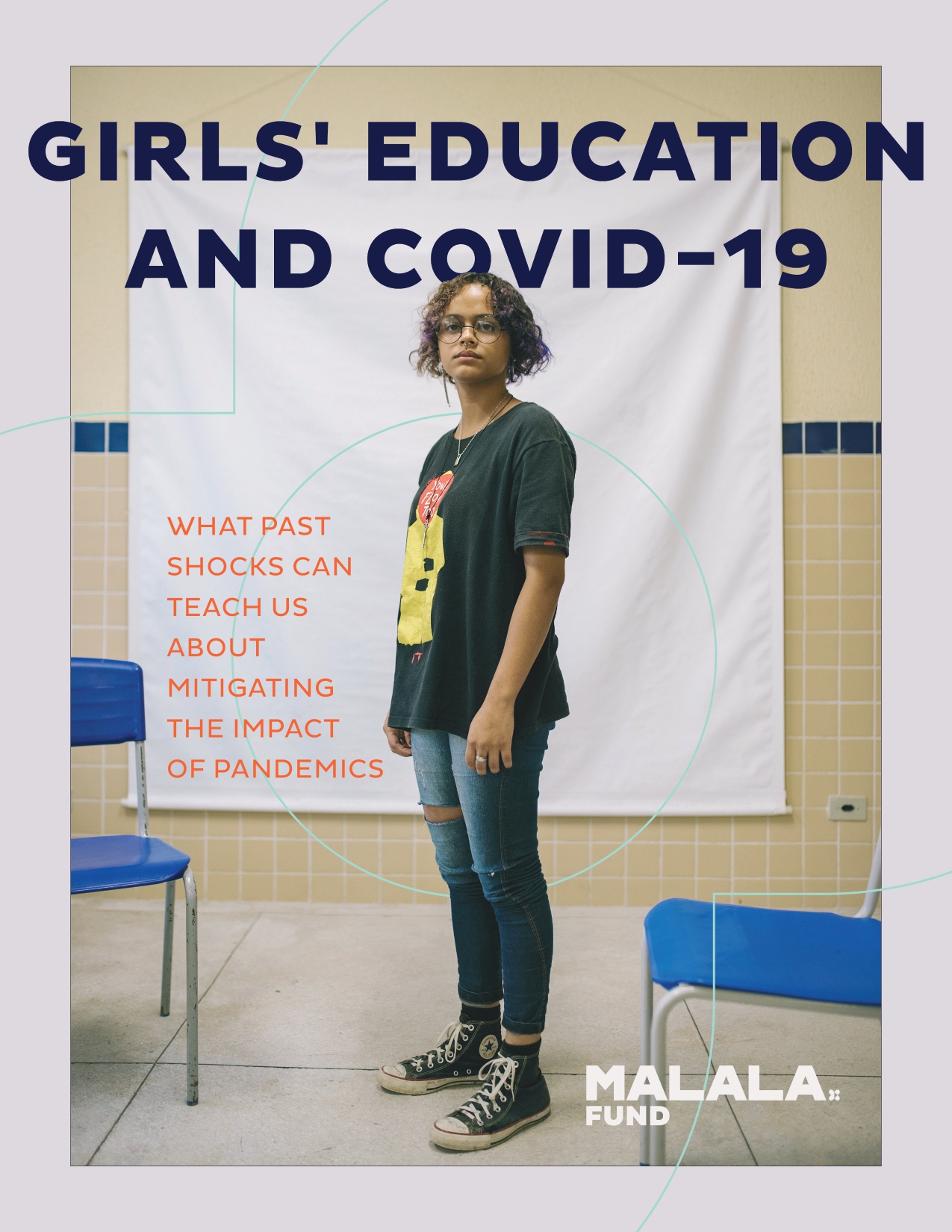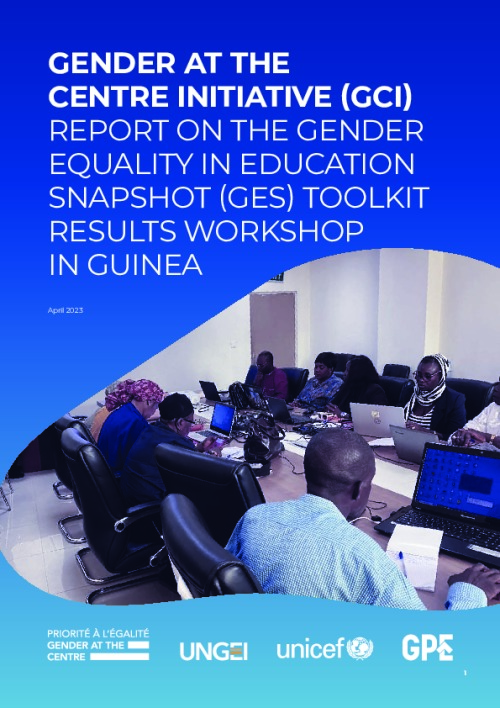Knowledge Hub
Learning and resources on gender in education

Girls' education and COVID-19: What past shocks can teach us about mitigating the impact of pandemics
This report uses insights from the 2014-15 Ebola epidemic and the 2008 global financial crisis to understand the short- and long-term consequences of COVID-19 for girls. Following the Ebola outbreak and school closures in Sierra Leone, Guinea and Liberia, enrolment rates for girls dropped. Increased rates of poverty, household responsibilities, child labour and teenage pregnancy as well as restrictive school policies prevented many girls from returning to the classroom. The epidemic also reduced funding for education as governments diverted funds to public health and put a strain on...
This report uses insights from the 2014-15 Ebola epidemic and the 2008 global financial crisis to understand the short- and long-term consequences of COVID-19 for girls. Following the Ebola outbreak and school closures in Sierra Leone, Guinea and Liberia, enrolment rates for girls dropped. Increased rates of poverty, household responsibilities, child labour and teenage pregnancy as well as restrictive school policies prevented many girls from returning to the classroom. The epidemic also reduced funding for education as governments diverted funds to public health and put a strain on the preexisting teacher shortage. Girls' education and COVID-19 suggests how governments and international institutions can mitigate the effects of the current pandemic and help girls return to school, including finding ways to keep girls learning during the pandemic, factoring in gender when planning for reopening schools and making sure that education systems have adequate financing in the post-crisis months and years.
More to explore
Sign up to the UNGEI newsletter
 en
en 


 العربية
العربية Български
Български Hrvatski
Hrvatski Čeština
Čeština Dansk
Dansk Nederlands
Nederlands Suomi
Suomi Français
Français Deutsch
Deutsch Ελληνικά
Ελληνικά हिन्दी
हिन्दी Italiano
Italiano Română
Română Русский
Русский Español
Español Maltese
Maltese Zulu
Zulu አማርኛ
አማርኛ